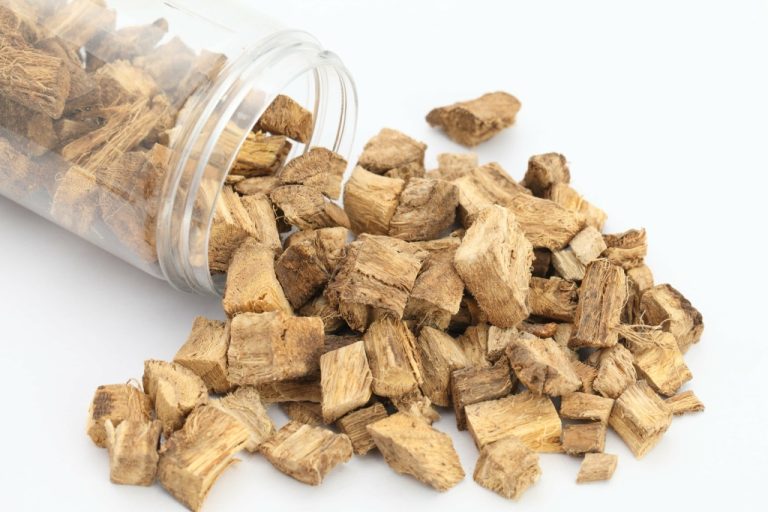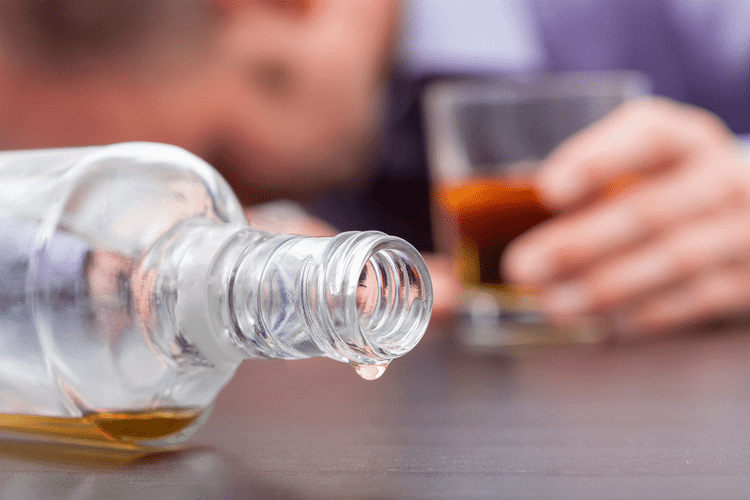There are several things parents and guardians can do to help teenagers make healthy choices and avoid drug use. It https://ditroit.store/2025/05/12/predisposition-to-alcoholism-why-some-become/ is impossible to predict which teenager will experiment with drugs and how many times they must use the drug before becoming addicted to it. Regardless of how and why it starts, drug addiction in teenagers is highly risky, with extremely harmful health and social consequences. Participants may also show signs of multiple problem behaviours, such as substance abuse, depression, aggression, or suicidal behaviours.
Paying for Treatment
- The frontal lobe also helps regulate emotions, so when it is underdeveloped, teenagers may struggle while coping with stress and are more likely to turn to unhealthy coping mechanisms like drug use.
- This theoretical model has been supported by a number of recent experimental studies (Baker et al., 2015; Mills et al., 2014; van Duijvenvoorde et al., 2016).
- Therapists, pediatricians, and addiction specialists can also help uncover a teen drug problem.
As a parent who has been through an experience similar to yours, I understand the pain, fear, and frustration that can come with having a teen who is struggling with addiction. Inpatient rehab centers can be expensive, with costs ranging from $10,000 to $50,000 or more per month, depending on the type of program, location, and amenities. Outpatient rehab teen drug abuse programs are less expensive, with costs ranging from $5,000 to $10,000 per month.
What parents can do:

This has real implications for the long-term health and well-being of young people. The brain is constantly changing during adolescence, making teenagers more susceptible to the effects of drugs. Many addicts start using drugs in their teens and facts about drug abuse in teenagers are of interest to agencies who wish to reduce teenage drug abuse. It is thought if the number of teen drug abusers can be reduced, then addiction overall will decline. While drug use may increase the risk of mental health disorders, it’s also important to note that these disorders can lead to substance abuse to self-medicate or numb the emotional pain. If you suspect that a teenager is experiencing either, consult a pediatrician or mental health professional as soon as possible.
Residential Treatment for Teen Substance Abuse
Short-term medical use of opioid painkillers can help to manage severe pain after an accident or surgery, for example. Misuse of these drugs or taking someone else’s medication can have dangerous—even deadly—consequences. People from all walks of life can experience problems with their drug use, regardless of age, race, background, or the reason they started using drugs in the first place. Some people experiment with recreational drugs out of curiosity, to have a good time, because friends are doing it, or to ease problems such as stress, anxiety, or depression. Periods of transition in teens’ lives — like moving, divorce, puberty, changing schools, an illness or death in the family — can become a time of upheaval, leading some to attempt to find solace in alcohol or drugs. These recent data continue to document stable and declining trends in the use of most drugs among young people.
- Help prevent teen drug abuse by talking to your teen about the consequences of using drugs and the importance of making healthy choices.
- The immediate dangers of substance use are well-known, but for teenagers, the risks extend beyond the immediate.
- About 285,000 teens reporting taking prescription stimulants like Adderall and Ritalin while the use of cocaine and meth shot up to 63,000 and 40,000 teen users, respectively, up nearly 58% and 112% from the year before.
- These products may contain nicotine or other synthetic substances that damage the brain and lungs.
Lifestyle
Of those who did not identify as Hispanic, 14% identified as Black or African American, 1% as American Indian or Alaska Native, 4% as Asian, 1% as Middle Eastern, 37% as white, and 7% as more than one of the drug addiction treatment preceding non-Hispanic categories. The survey also asks respondents to identify as male, female, other, or prefer not to answer. For the 2024 survey, 47% of students identified as male, 49% identified as female, 1% identified as other, and 3% selected the “prefer not to answer” option. Parents help children to understand when to deny something that can hurt them. Parents can establish consistency in communication along with guidance that can be followed for years. Preventative conversations can facilitate trust between the parent and the child and lead to wise decisions when it comes to habits, friends, interests, and influences.

If your teen has developed a substance use disorder, you may notice that they eat or sleep too much or too little. Still, there are some common signs to look for that may indicate a substance use disorder. Research shows that the younger a child is when they first try a substance, the more likely they are to continue to use that substance and develop a substance use disorder. Marijuana is one of the most commonly used illicit substances among youth. If you are concerned that your teen is struggling with a substance abuse problem, reach out to our admissions team today for support.
- People who begin drinking during adolescence, especially those who drink a lot, are more likely to develop an alcohol dependency than those who don’t.
- This guide covers everything from the physical and mental effects of drug use to the social and emotional impact it can have on teens and their families.
- Diagnostic evaluation should be complemented by functional behavioral analysis, in which substance use is evaluated as a problem behavior with antecedents and consequences which may be unique to a given adolescent’s substance use.
- Understanding the potential effects of drug use on the developing brain is essential to help educate those who are most susceptible and for preventing substance use disorder, thereby promoting long-term health.
Prevention
Schools play a significant role in the lives of teens by giving them a space to foster connections with peers and providing them with skills for long-term success in adulthood. There are several strategies schools can implement to help educate teens about substance use and prevent drug abuse. Marijuana is often thought of as not being „as bad“ as other drugs and, in some cases, even good for you. However, marijuana can be harmful to teens because their brains are still developing. Marijuana use in teens is linked to difficulty with problem-solving, memory and learning issues, impaired coordination, and problems with maintaining attention.

Neueste Kommentare